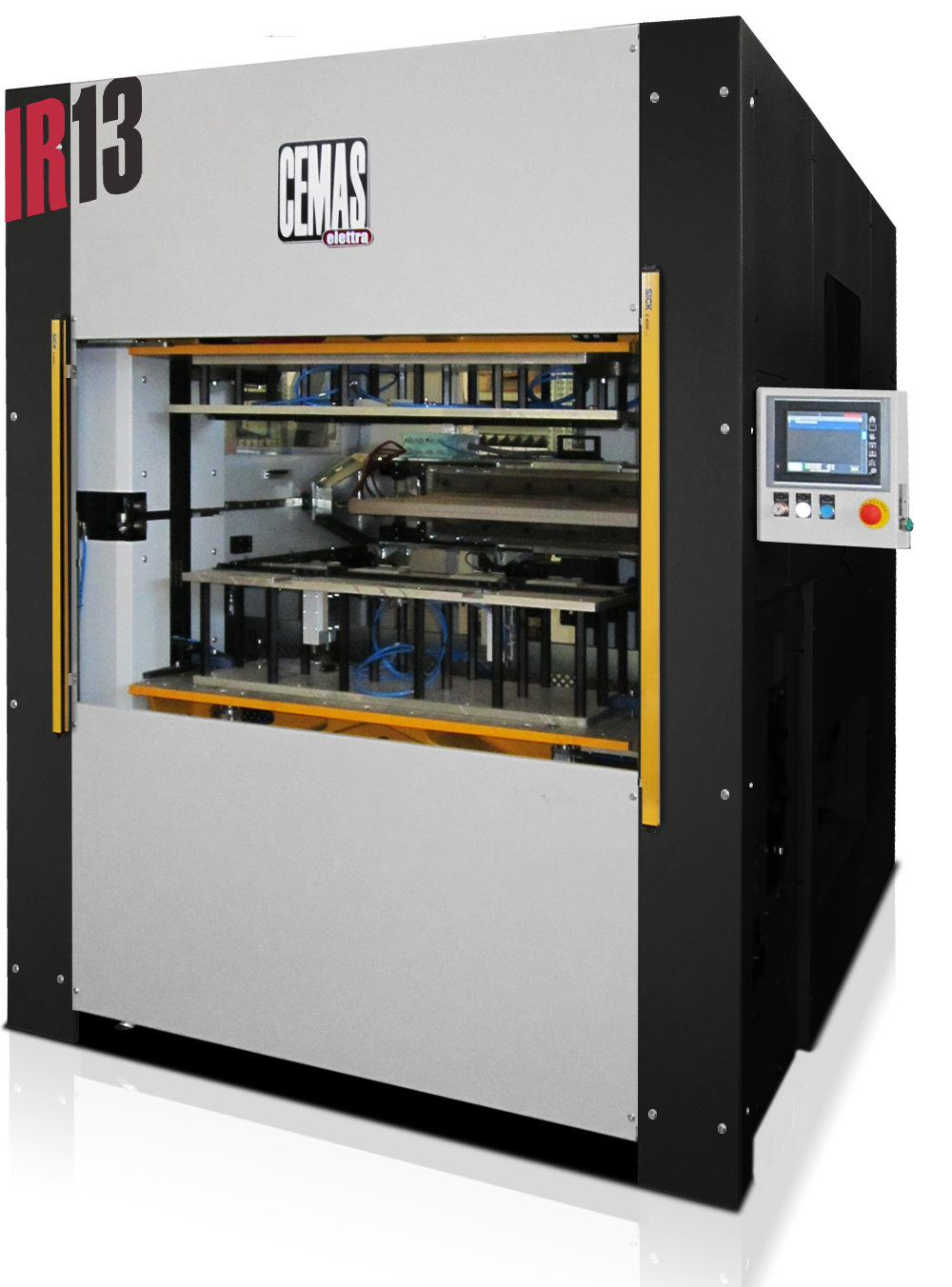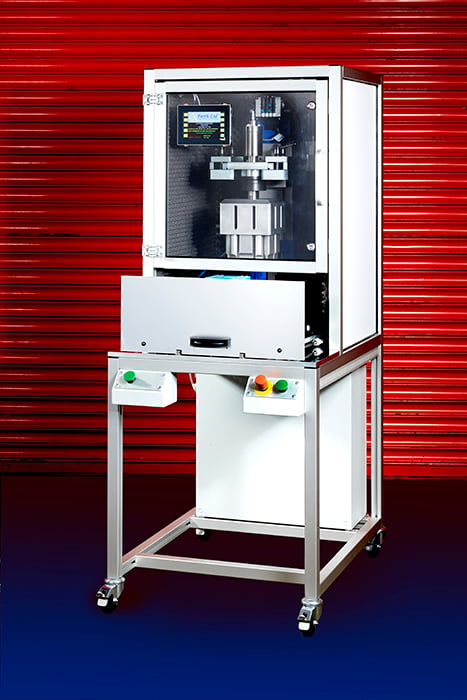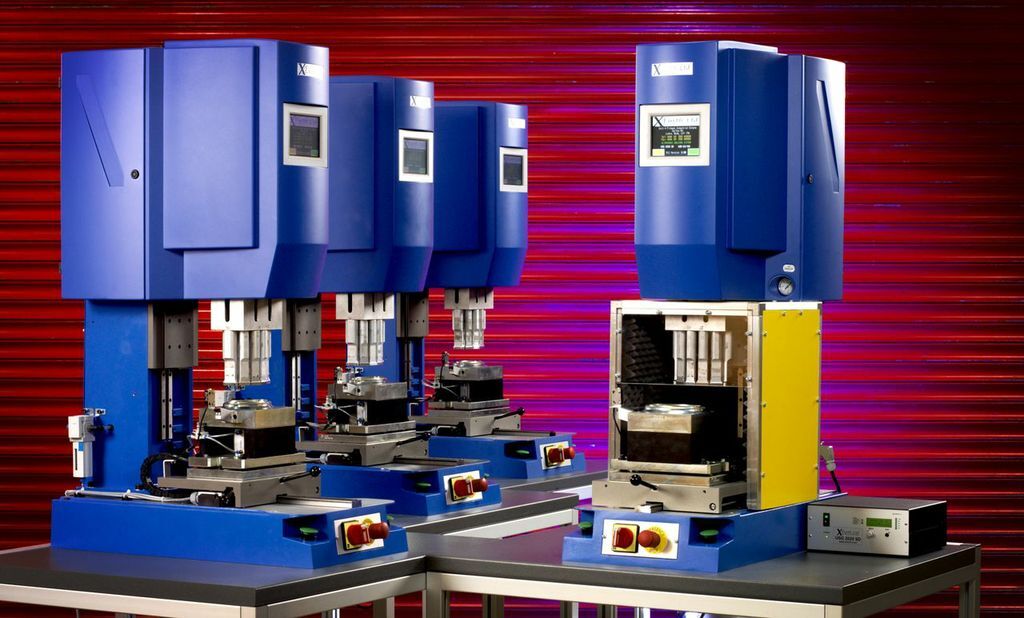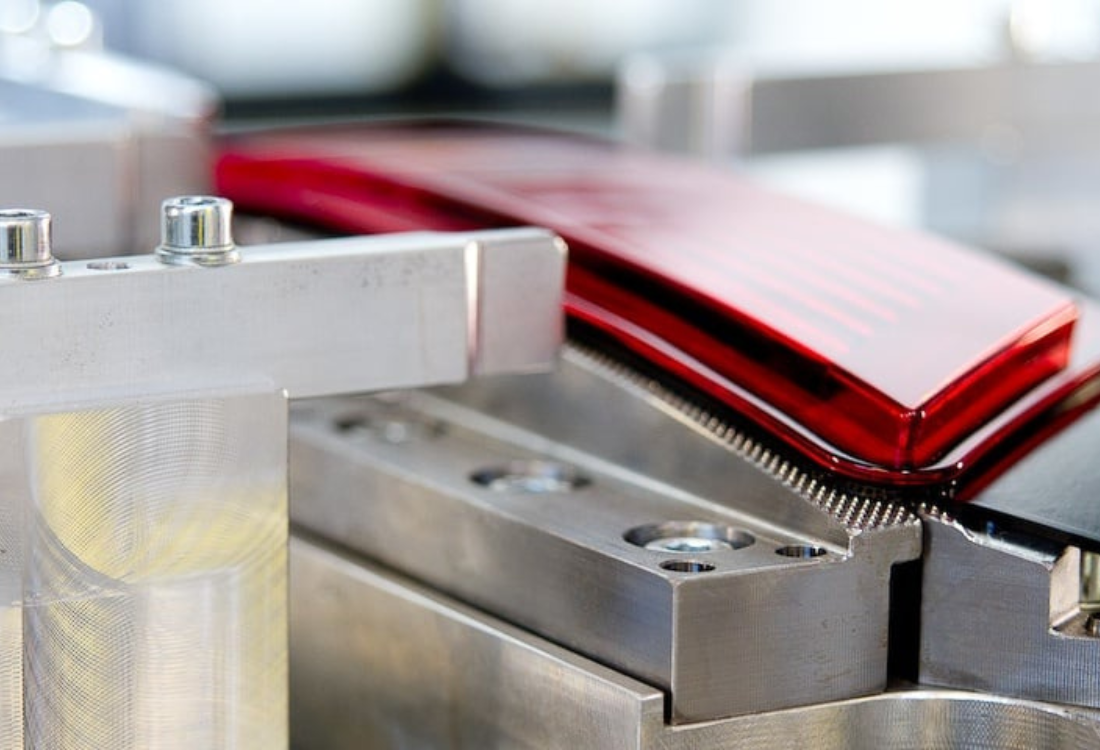When specifying joining methods for circular thermoplastic components, design engineers frequently face a choice between spin welding and hot plate welding. Whilst both technologies create strong, reliable bonds, they differ significantly in their operational characteristics, cost structures, and efficiency profiles. Understanding these differences enables informed decision-making that optimises both product performance and manufacturing economics.
Spin Welding vs. Hot Plate Welding: Cost and Efficiency Compared
Tags: Spin Welding
Top 10 Applications Of Ultrasonic Welding In Modern Manufacturing
Ultrasonic welding has evolved from a specialised joining technique into a mainstream manufacturing technology that shapes countless products across diverse industries. Its ability to create strong, precise bonds without adhesives, fasteners, or external heat sources makes it invaluable for modern production environments demanding speed, reliability, and cleanliness.
Tags: Ultrasonic Welding
Why Amorphous Plastics Are Ideal for Ultrasonic Welding
When selecting materials for ultrasonic welding applications, understanding the molecular structure of thermoplastics can mean the difference between a reliable, high-quality weld and a frustrating production challenge. Amongst the various classifications of thermoplastics, amorphous polymers consistently demonstrate superior performance in ultrasonic welding processes.
Tags: Ultrasonic Welding
Does Vibration Welding Weaken Plastic? Debunking Myths About Friction-Based Joining
Vibration welding has established itself as a reliable joining method for thermoplastic components across automotive, aerospace, and industrial applications. Despite its widespread adoption and proven track record, misconceptions persist about whether the friction-based process degrades material properties or compromises joint integrity. These concerns often stem from misunderstandings about how the technology works and what happens to plastic materials during the welding cycle.
Understanding Plastic Types for Welding: A Materials Selection Guide
Selecting the right plastic materials is the foundation of successful welding operations, yet it remains one of the most misunderstood aspects of thermoplastic joining.
Tags: Ultrasonic Welding









